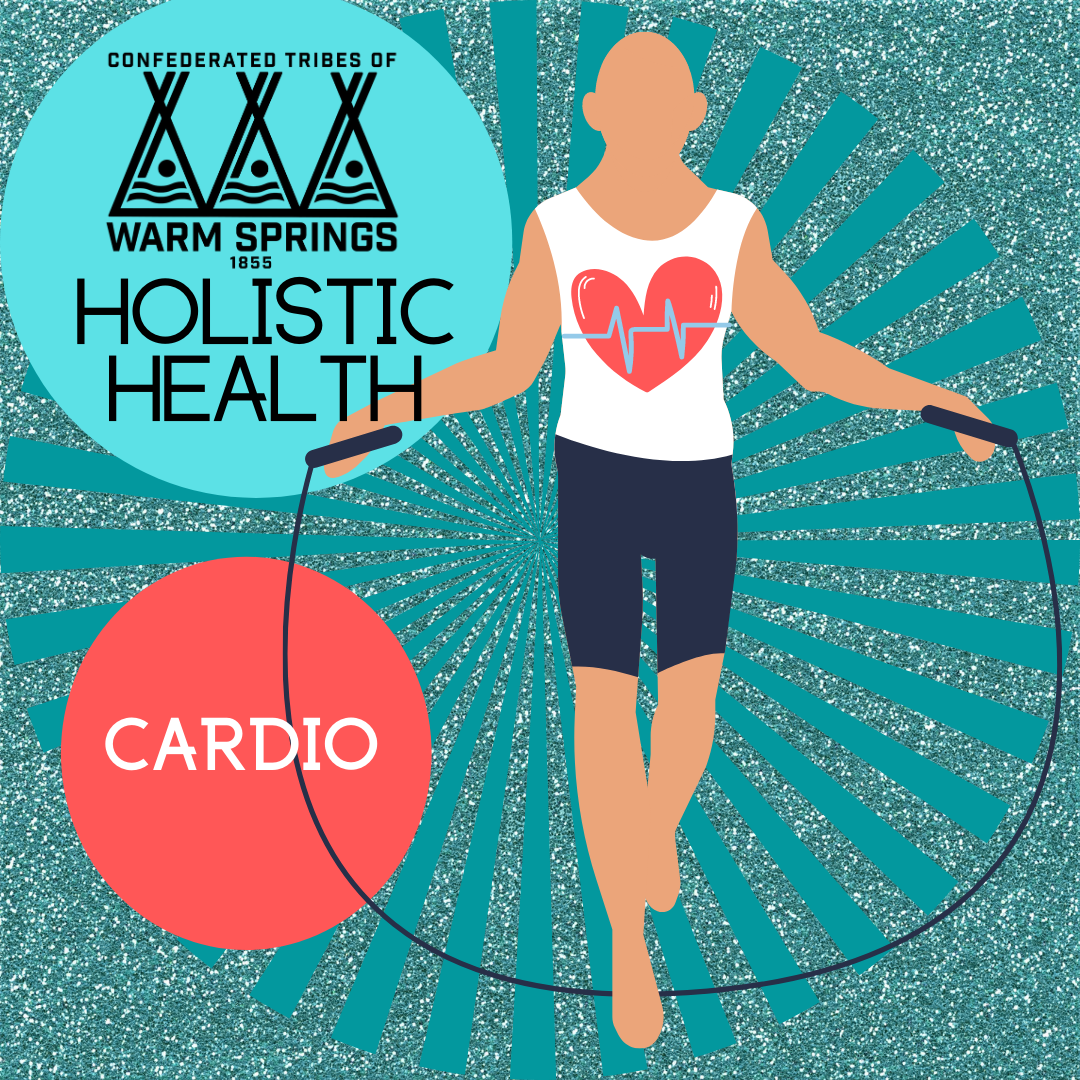The cardiovascular system is a complex network made up of the heart, blood, and vessels. Its intricate connections extend through the entire human body. If all of the vessels were laid flat, they would span a distance of 60,000 miles. This is enough to wrap around the world twice! This system works together to move blood to the organs, tissues and cells. Oxygen and nutrients are delivered while carbon dioxide and waste are removed.
Regular exercise strengthens the cardiovascular system and makes it more efficient. This means that each time the heart beats, it will pump out more blood. This slows down the resting heart rate and reduces blood pressure. Exercise can also spark the development of new blood vessels and help the body become better at pulling oxygen from the blood. Both of these mechanisms aid in circulation and decrease stress on the heart.
In order to optimize cardiovascular fitness, it is important to monitor and understand heart rate. This can be a great way to track the intensity of physical activity and progress towards healthy goals.
Resting heart rate: This is how fast the heart beats at rest. A normal resting heart rate ranges between 60 and 100 beats per minute. To measure resting heart rate, first locate the radial pulse. This is located on the wrist, just up from the thumb. Using the index and middle finger on the opposite hand, count the number of beats that occur in one minute.
Estimated Maximum Heart Rate: This is an estimate of the fastest that the heart can possibly beat. The simplest way to calculate this is by subtracting age from 220.
Target heart rate: Target heart rate refers to a range in which the heart is being conditioned but not overworked. This is expressed as a percentage of maximum heart rate and can be used as a guide for exercise intensity. For moderate intensity physical activity, heart rate should fall between 64 and 76% of the maximum heart rate. This may be achieved by hiking, riding a bike, or dancing. For vigorous activity, the target heart rate ranges between 77 and 93% of the maximum heart rate. Individuals may work into this zone through running, chopping wood, or jumping rope.
Example for a 50 year old individual:
- Estimated Maximum Heart Rate: 220-50=170 beats beats per minute
- Target Heart Rate for Moderate Intensity Activity: 109-129 beats per minute
- 170 x 64% = 109 beats per minute
- 170 x 76% =129 beats per minute
- Target Heart Rate for Vigorous Intensity Exercise: 130-158 beats per minute
- 170 x 77% = 130 beats per minute
- 170 x 93% = 158 beats per minute
Heart rate monitoring can be done during all kinds of physical activity. For those with a history of cardiovascular pathology, it is necessary to consult with a medical doctor before beginning a conditioning program. Certain medications can also affect how the heart responds to exercise. If you are interested in learning more about how exercise and movement can benefit your health, feel free to reach out to one of the physical therapists at Warm Springs Holistic Health. We are welcoming new patients on a medical referral basis.
This article is provided by Warm Springs Holistic Health who also share this video: https://www.youtube.com/watch?v=-Vw62wybYes&t=3s


